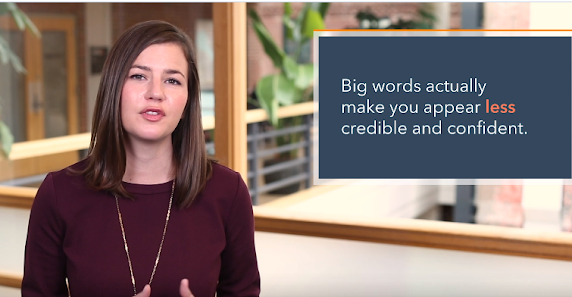By Ariella Brown
What it did have were features that many B2B businesses forget about in doing their own imitation of thought leadership outlets and removing all content from individual identity.
Here's what the article had:
☑A vivid description of the challenges he experienced in his work that others in the same line would identify with
☑A clear presentation of the company's solution and how it directly addressed these pain points
☑Mostly important of all, it had a name associated with a bio and pic for the expert in the insurance industry who served as the source of information for the article and related his own experience.
💡Why was this most important? As it turned out, that was the lead's way of marking his interest in the solution. He know the featured expert, maybe even had direct dealings with him in the past. That made him not just trust what he said but also feel comfortable enough to reach out to him directly rather than to a general company contact or form to say he was interested.
One of my pet peeves about B2Bs is that they offer no point of direct and immediate contact. Many of them refuse to list a phone number, and some won't even put in an email. No, they insist, if people are real prospects, they'll fill out the form that makes it easy for us to automatically feed their information into a CRM and send it on to sales people.
This foolish delusion prevents easy access to people who don't want to have to be treated as just prospects you'll get to at your own convenience. They want to get a response while they're thinking that your offering may be just what they need. Keep them waiting, and they'll start looking elsewhere for that solution, and you may not even know you had a prospect that got away. That's the wrong way to attract inbound.
Learn more about the #WriteWay by following The Write Way Pro LinkedIn page and connecting with me on that platform.
Yes, I did include a CTA here. I didn't say never to have a CTA -- only that you don't have to have a CTA for every piece of content. But I'm going to break another rule here and give you yet another course action. You can check out my portfolio here: AriellaBrownPortfolio.blogspot.com














